
No matter your industry, there’s a strong chance Federal and/or State OSHA requires your business to have written safety plans. Not only do these plans keep employees safe, but they also protect you from penalties and fines. Learn how written safety plan regulations apply to your organization in this FREE whitepaper from J. J. Keller. You’ll also find out how Safety Management Suite, our all-in-one safety management solution, can help you get fully compliant plans in just minutes.
Sponsored by J. J. Keller & Associates Inc.
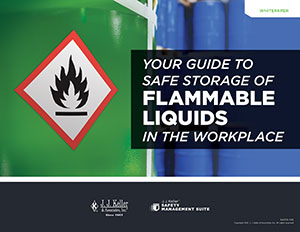
Flammable liquids are used in almost every type of workplace. Many employees are exposed to these hazardous substances and must be trained to keep themselves and their coworkers safe. Written by the safety and compliance experts at J. J. Keller, this new whitepaper contains easy-to-understand info on OSHA-compliant flammable liquid storage including Safety Data Sheets (SDSs), container labels, fire prevention, and more. Download your FREE copy today and ensure your chemical management program is fully compliant!
Sponsored by J. J. Keller & Associates Inc.
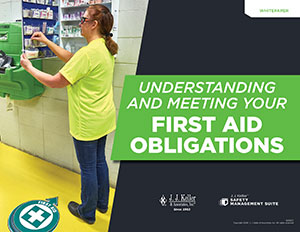
Every employer must provide adequate access to first aid and medical services, but your specific requirements depend on a variety of factors. Get a complete overview of OSHA’s first aid regulations and what they mean for your business in this free whitepaper from J. J. Keller. Find out about specific training requirements, how many first aid kids are required on site, and other essential details.
Sponsored by J. J. Keller & Associates Inc.
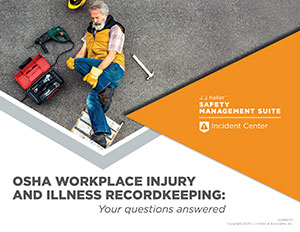
Recording workplace injuries and illnesses may seem simple enough, but the process often involves judgment calls that can put you at odds with OSHA regulations. This in-depth whitepaper from the safety experts at J. J. Keller contains answers to the most common questions about OSHA recordkeeping and reporting. Download for free and learn which requirements apply to your business, so you can ensure you’re always in 100% compliance.
Sponsored by J. J. Keller & Associates Inc.
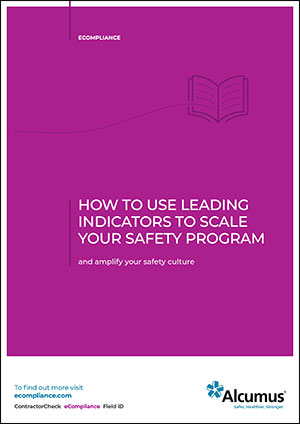
Are you utilizing leading indicators to track safety performance? Leading indicators are the key to taking a proactive approach to safety at your organization. Ensure your employees get home safely when you move from lagging indicators to leading indicators - remove the risk before it happens.
Sponsored by Alcumus
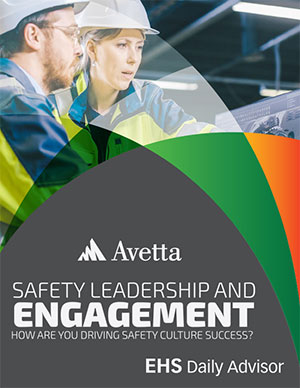
We surveyed over 550+ safety professionals, executives, and more to find out how exactly organizations are addressing safety in their leadership roles. It was noteworthy that over one-half of participants agreed or strongly agreed that their employees generally comply with safety rules and policies, but view workplace safety as “someone else’s job.” This speaks to a key component of safety culture—employee engagement.
Sponsored by Avetta®
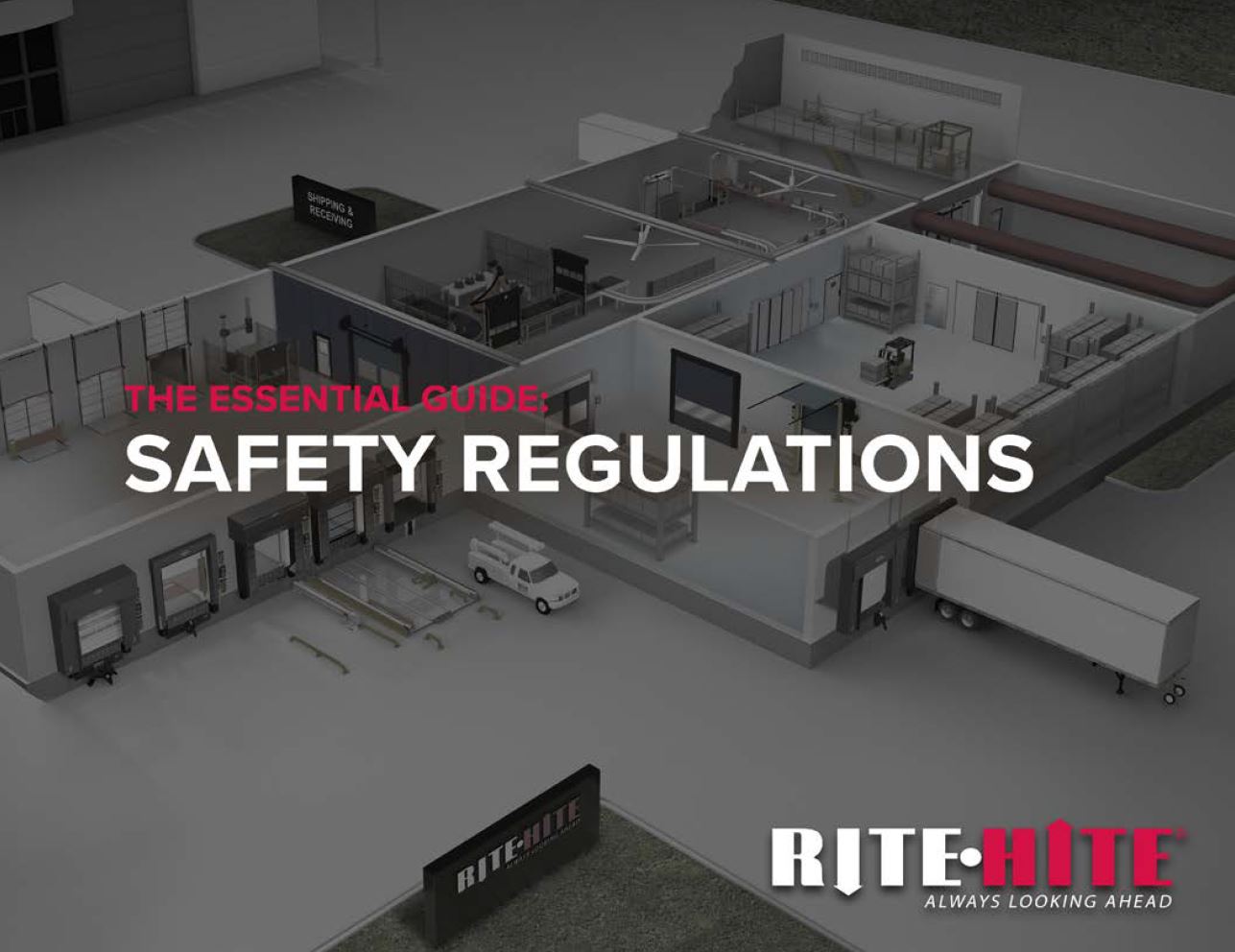
Now more than ever workers are concerned about safety. And there is no better time to make sure your processes and equipment are up to standards and focused on improving safety in your facility. Download our Guide to gain important knowledge about best practices and key safety regulations in your industry.
Sponsored by Rite-Hite
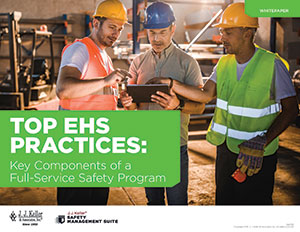
Simply meeting minimum workplace safety requirements is no longer enough. Learn how to go above and beyond for your employees with best practices for training, written safety plans, chemical management, and more in J. J. Keller’s free whitepaper – Top EHS Practices: Key Components of a Full-Service Safety Program.
Sponsored by J. J. Keller & Associates Inc.
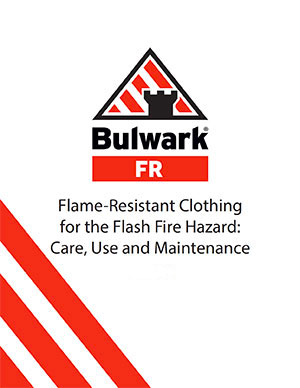
Even the most comprehensive safety program can only mitigate—not eliminate—risk associated with the flash fire hazard. A reliable and controllable means of protecting employees from harm is the proper use of PPE. In a flash fire context, flame resistant clothing provides further protection and offers a foundational defense. This paper guides safety managers and purchasers in the selection, use, care and maintenance of clothing for flash fire protection that’s compliant with the industry consensus standard NFPA® 2112.
Sponsored by Bulwark FR®
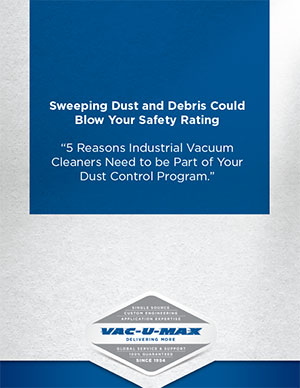
Sweeping or blowing fugitive dust during housekeeping is widely discouraged by OSHA and the NFPA for nearly all industries. Seemingly benign, dusts create an assortment of hazards that include flying particles that can lead to eye injury, slip hazards and ergonomic injuries. The most serious hazards surrounding the sweeping and blowing of dust threaten lives, such as respiratory and explosion hazards. The use of industrial vacuums to remove dust is almost always recommended as a preferred method of removing fugitive dust. Rather than redistributing dust, industrial vacuum cleaners remove dusts and therefore reduce or eliminate the previously mentioned hazards.
Sponsored by VAC-U-MAX